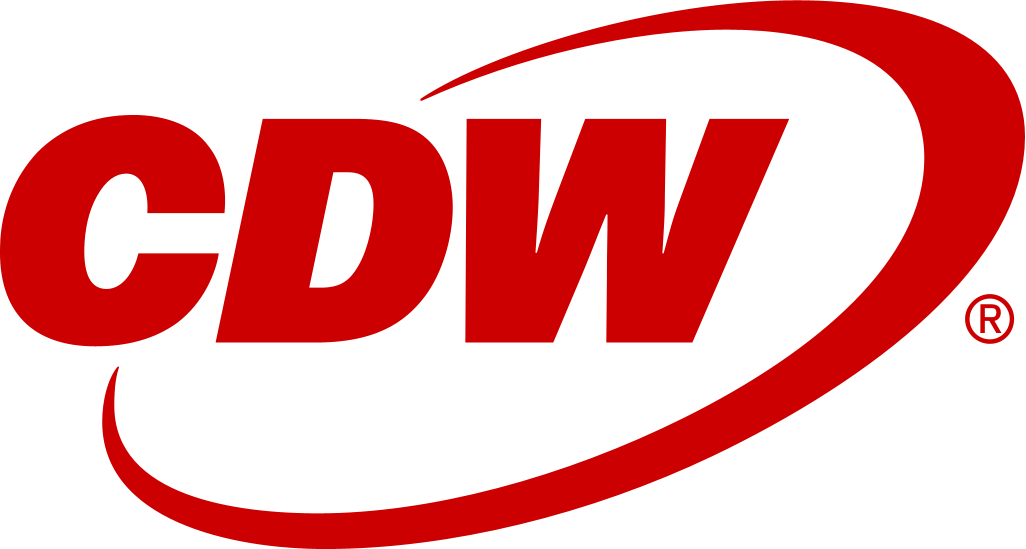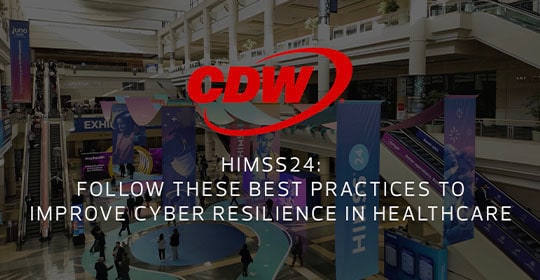Research everything IT
1 - 24 of 308
Sort By:
View:
Apr 15, 2024
Security
What’s Best for My Organization: EDR, XDR, SIEM or EUBA?
Article
4 min
Understanding the differences between EDR, MDR, XDR, SIEM and EUBA is crucial for selecting the right tools for your security posture. Here's a breakdown of each and trends you should know about.
Apr 15, 2024
Security
How To Implement a Holistic School Safety Strategy To Secure K-12 Environments
Article
3 min
Due to devastating incidents of school violence, schools must create a comprehensive plan that addresses all areas of school safety including physical security, cybersecurity, social and emotional learning, and prevention.
Apr 15, 2024
Security
Thwart SCADA System Cyberthreats
Article
4 min
Dependable SCADA security protects utility infrastructures.
Apr 12, 2024
Security
4 Best Practices for Creating Effective Vulnerability Management Programs
Article
5 min
Vulnerability management is a key part of an organization’s cyber resilience strategy — but it includes more than scanning tools. Better protect your data, assets and stakeholders by creating a comprehensive program that extends beyond technology.
Apr 08, 2024
Security
Why Managed Security Services Are Important in Healthcare
Article
3 min
Learn how managed security services can help healthcare organizations better protect their environment, secure sensitive information and improve security maturity.
Mar 28, 2024
Security
Follow These Best Practices to Improve Cyber Resilience in Healthcare
Video
5 min
Healthcare organizations have intensified their focus on cybersecurity in recent years, but it’s equally important to be prepared to recover from a successful attack.
Mar 21, 2024
Security
Can You Trust a Third-Party User? No. But You Can Manage Their Lifecycle Access.
Article
5 min
Allowing third parties access to organizational systems means striking a careful balance between enabling collaboration while safeguarding sensitive data and company credentials. To achieve this balance, effective lifecycle management is essential.
Mar 08, 2024
Security
5 Considerations for Navigating the Cultural Shift to Zero-Trust Integration
Article
5 min
Successful integration of zero-trust strategies requires a cultural shift at every level of your organization — but it may also lead to internal challenges that cause projects to stall or fail. Keep these considerations in mind during implementation.
Feb 22, 2024
Security
3 Strategies to Reinforce Device Security in Higher Education
Article
3 min
Device security continues to be a major concern for IT administrators in colleges and universities. With thousands of devices on the network, you can turn security up a notch with a few strategies to combat modern educational cyberthreats.
Feb 21, 2024
Security
Building Modern Integrated Cyber Recovery Environments
Article
5 min
New cyber threats have introduced novel challenges that disaster recovery plans alone can no longer account for. Building a cyber recovery environment that ensures business viability following a cyber incident involves a strategic shift in approach.
Feb 16, 2024
Security
The Top 5 Vulnerabilities Uncovered During Penetration Testing
Article
6 min
Penetration testing experts “attack” your environment by attempting to gain access to systems, networks or permissions that should be inaccessible. Here are some of the most common vulnerabilities we’ve found across organizations during pen testing.
Feb 09, 2024
Security
FETC 2024: Cybersecurity Must Become a Group Project in K–12
Article
7 min
Mandatory cybersecurity training and data policies can minimize ransomware.
Jan 25, 2024
Security
Outsourcing for School Districts that Hate Outsourcing
Article
4 min
Even the most self-sufficient school districts often turn to cybersecurity partners.
Jan 25, 2024
Security
How One K–12 School Got Affordable Help Managing Cyberthreats
Case Study
12 min
In Eden Prairie, Minn., school IT officials found a partner to monitor network traffic, improve phishing awareness and free up internal staffers to support teaching and learning.
Jan 22, 2024
Security
Evolving the Zero-Trust Security Model for Business
White Paper
12 min
An effective approach can help organizations get the most out of their zero-trust security initiatives.
Dec 19, 2023
Security
How CDW Helps MemorialCare Protect Its Valuable Healthcare Data
Video
3 min
By focusing on the basics, this healthcare provider establishes clear visibility into its environment, enabling quick action when a threat is detected.
Dec 11, 2023
Security
What Would Ransomware Cost Your Business?
Use Case
3 min
To take their security program to the next level, a customer worked with CDW to engage executive leadership during a Ransomware Recovery Workshop.
Dec 05, 2023
Security
How Organizations Can Address Emerging Security Challenges with Zero Trust
Article
4 min
Effective deployments can integrate multiple tools to enhance security across the enterprise.
Dec 01, 2023
Security
The Importance of a Higher Ed Physical Security Site Assessment
Article
3 min
It pays to consider the details when deciding how and where to place cameras for maximum coverage.
Nov 30, 2023
Security
Bowie State University Develops a Cohesive Physical Security Strategy
Case Study
8 min
CDW helps the university’s IT and public safety teams modernize video surveillance on campus.
Nov 17, 2023
Security
5 Things Company Leaders Need to Know if They’re Breached
Article
3 min
The best time to make decisions about cyber incident response is before an attack ever takes place.
Nov 06, 2023
Security
Access the Power of Managed Security Services
Article
3 min
Discover how managed security services can revolutionize IT departments. Uncover the benefits, challenges and CDW’s expertise in this transformative landscape.
Nov 03, 2023
Security
Staying One Step Ahead of Cyber Threats With a Cybersecurity Risk Assessment
Article
5 min
Cyber threats loom large for us all — but a cybersecurity risk assessment can help quantify cyber risks across your organization and enable data-driven decisions about risk prioritization and resource allocation to prevent negative outcomes.
Oct 26, 2023
Security
Why Physical Security and Cybersecurity Work So Well Together
Article
3 min
Today’s security leaders can’t rely on just a lock and key anymore. Integrating cybersecurity can provide 360-degree insight.
























